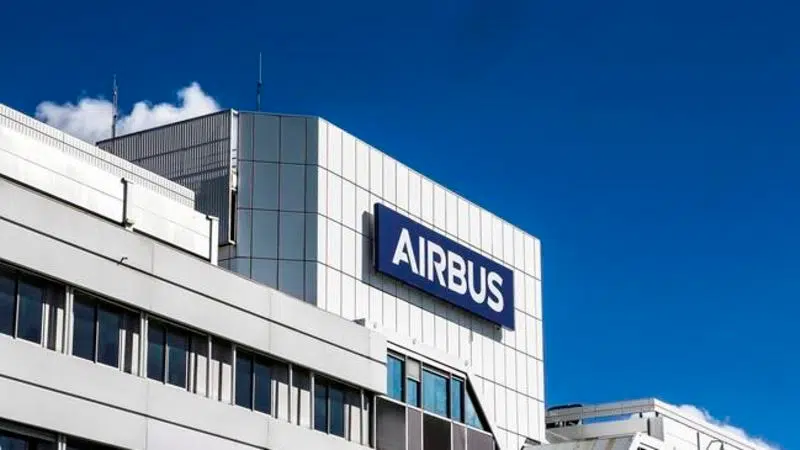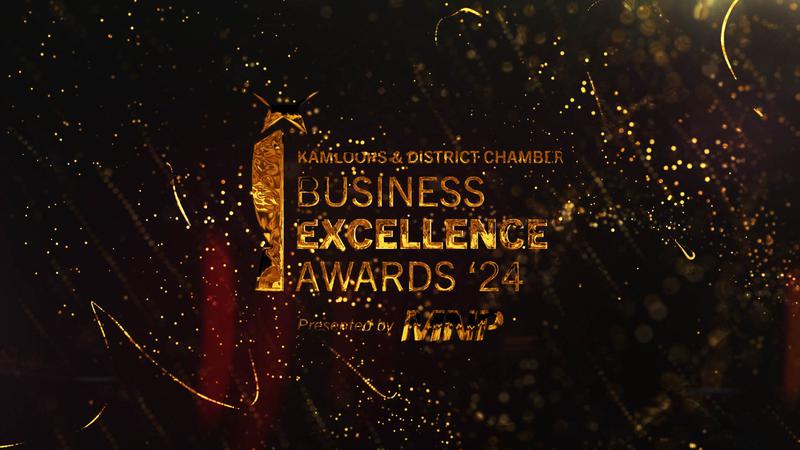
Airbus pulls out of fighter-jet competition following complaints
OTTAWA — Canada’s multibillion-dollar effort to buy new fighter jets has taken another surprise turn with European aerospace giant Airbus announcing it has withdrawn from the high-stakes competition.
Airbus Defence and Space, in partnership with the British government, was one of four companies expected to bid on the $19-billion contract to build 88 new fighter jets. They’re to replace the Royal Canadian Air Force’s aging CF-18s.
But in a statement Friday, Airbus said it had notified the Canadian government of its decision to withdraw its Eurofighter Typhoon for two reasons — both of which it had raised before the competition was formally launched in July.
The first relates to a requirement that bidders show how they plan to ensure their planes can integrate with the top-secret Canada-U.S. intelligence network known as “Two Eyes,” which is used to co-ordinate the defence of North America.


